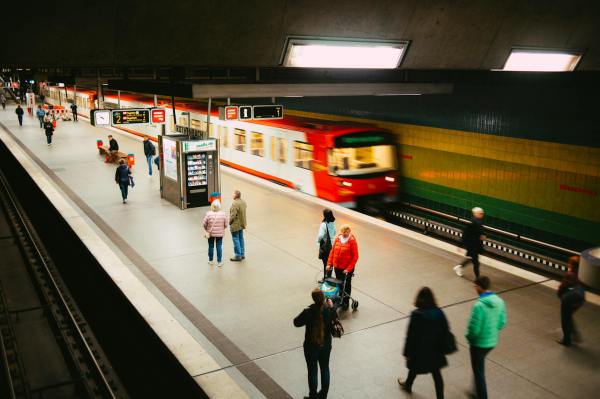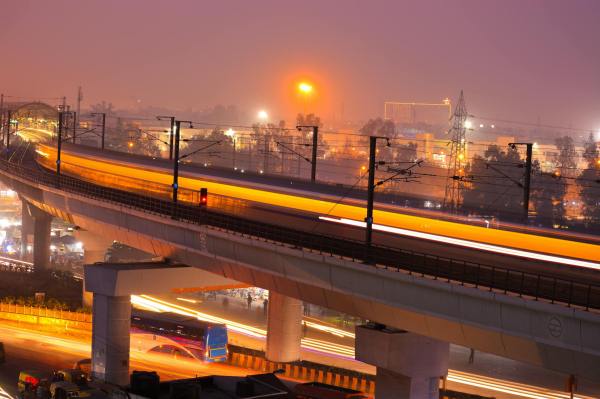Technology and the advances it presents make it possible, in terms of mobility, to know the needs of passengers and to manage the fleets of the different transport models.
Knowing what the demand for mobility is, having detailed information on the use of transport services or the intelligent management of vehicle fleets are some of the issues that new technologies can offer in order to be able to offer services with a greater degree of adaptability, efficiency or sustainability.
To this end, Telefónica Tech, with experience in projects of this nature with both public and private entities, has been able to obtain highly accurate results on mobility through the use of mobile network data and IoT sensorisation.
For example, to find out how passengers move between two different points, which includes knowing how many journeys are made, the specific origin and destination of each of them, what their purpose is, how they are carried out or which routes are chosen.
This information can be very useful for carrying out mobility studies, studying and/or planning new routes or even offering different types of services on these routes.
Mobility management can be helped by various technologies such as IoT, Big Data, Artificial Intelligence or Blockchain to help evaluate possible routes or analyse competition (whether by road, rail, aviation or sea) with the aim of achieving more efficient and safer fleets.
Similarly, technology can be used to size and plan transport so that information such as the real demand for mobility can be known in greater detail or unsatisfied demand can be studied and assessed in detail.
Technology at the service of public transport
Among the improvements that technology brings to mobility, public transport is no exception. Greater competitiveness, process optimisation and resource efficiency are some of the advantages of new technologies.
It should also be borne in mind that some of the major disadvantages faced by companies involved in passenger mobility are the huge fuel costs, as well as the deterioration of vehicles due to mechanical failure or other fleet management problems.
To help reduce the impact of some of these issues, technology can be an ally of public transport. How? Let’s look at four examples:
- Telemetry. Thanks to this wireless technology, companies can collect data with which to monitor and control assets and fleets by controlling fuel usage, detecting damage, monitoring routes or controlling indicators such as weight or cargo temperature.
- Route optimiser. Thanks to GPS and mobile apps, this software analyses the most suitable routes for each vehicle, allowing to prevent potentially dangerous routes, saving and/or estimating times and planning the use of the fleet.
- Driving assistance. A tool that monitors the location and real-time status of vehicles, which is used to supervise vehicle manoeuvres or speed, analyse routes or detect low fuel efficiency.
- MDVR system, Mobile Digital Video Recorder. As its name suggests, this is a series of cameras installed inside the vehicle that collect information in real time and can be used to respond to emergencies, provide security for both passengers and employees, or detect and prevent driving malpractice.
Heathrow Airport: data taken to another level
Heathrow, the UK’s largest and busiest airport, relies on data to offer the best experience to the thousands of passengers who pass through its facilities every day.
In fact, with the support of Telefónica Tech, Heathrow has become a data-driven organisation, taking advantage of technologies such as Artificial Intelligence and data science.
This success story shows how a centralised data platform provides insight into data, which is particularly relevant for organisations with complex business models.
Obtaining detailed information about airport activity can be useful for gaining insight into operations, understanding cargo volumes or discovering trade routes.
It can also allow concessionaires in the retail sector to know what is the most suitable offer for the type of traveller. Similarly, from a security perspective, it can better understand what incidents have occurred at the airport and where it makes the most sense to introduce preventive measures.
Equally, Heathrow can take advantage of emerging technologies, such as generative AI, to be able to implement even more sophistication in passenger knowledge, operations and experiences.











